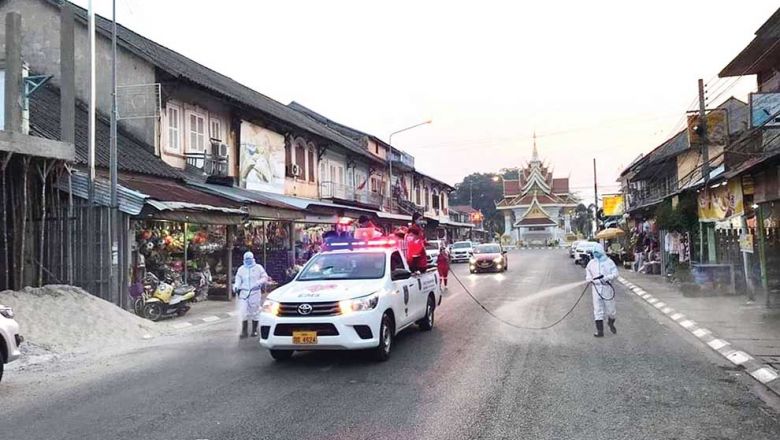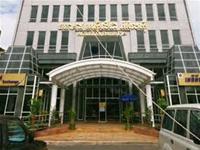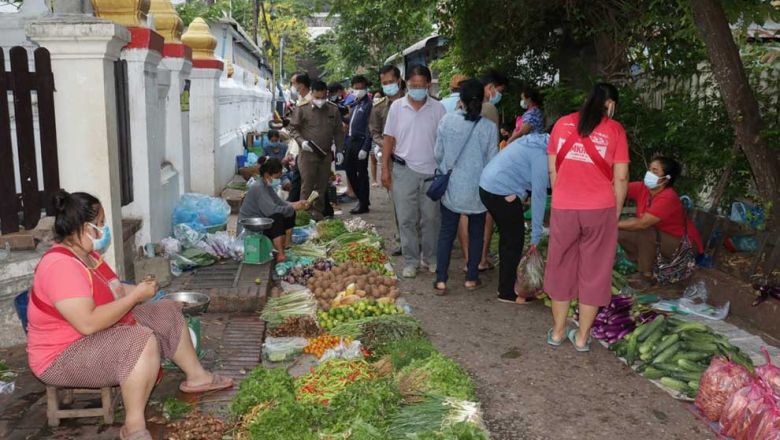Inflation in Laos trending upwards
Inflation in Laos trending upwards
The inflation rate in Laos jumped to 2.49 percent in December 2016, which is considered to be the highest rate in two years.
Inflation has been rising gradually over the past three or four months and there is no sign that it will go down, economists say.
Speaking to Vientiane Times on Monday, a senior economist at the National Economic Research Institute, Dr Leeber Leebouapao, attributed the rise in inflation to rising oil prices on the world market.
Rising fuel prices have resulted in increasing production costs for farmers and producers, which has helped to drive the inflation rate upwards, he said.
Almost two weeks ago, the Ministry of Industry and Commerce announced a fuel price increase across the country after a rise in the price of fuel on the world market.
This was the first fuel price hike this year after two increases in December last year. In Vientiane the cost of premium grade petrol has risen to 8,820 kip per litre, regular petrol is now 7,820 kip a litre, and diesel is 6,860 kip a litre.
Dr Leeber said inflation was also triggered by the 10 percent Value Added Tax (VAT) imposed on people bringing goods into Laos across the Lao-Thai Friendship Bridge linking Vientiane to Thailand's Nong Khai province.
Previously traders brought food supplies into Laos without paying tax and were able to sell the goods at relatively low prices. But now that they have to pay VAT they are selling their goods for a correspondingly higher price in Laos.
The 10 percent VAT came into force in November last year and so far this year over 98 million kip has been raised from this source.
In Laos, the inflation rate is mainly driven by the food and transport categories.
The prices of other products have not increased much in the past months but the price of food and services has increased quite a lot and is considered to be the main factor driving inflation, Dr Leeber said.
According to the Bank of the Lao PDR, in 2015 the average inflation rate was recorded at 1.28 percent, rising to 1.76 percent in 2016.
The Consumer Price Index in September last year stood at 102.3 with the inflation rate at 1.84 percent before increasing to 1.86 percent in October, 2.09 percent in November, and 2.49 percent in December.
The government's established policy is to keep the inflation rate lower than the economic growth rate, which stood at 6.9 percent last year.
To keep inflation low, the government maintains tight controls over currency exchange rates to create confidence in the business sector, thereby stabilising product prices and boosting the economy.
In addition, commercial banks have lowered the interest rate charged on loans and offered on kip accounts. This is aimed at channelling more money into production and the business sector to ensure that supply satisfies demand.
















